
Introducing Albishorn Unveils the Type 10 Officer
Welcome to the hub of the horoloy
The Polish Refugee who became the Most Prestigious & Luxurious Watchmaker in History
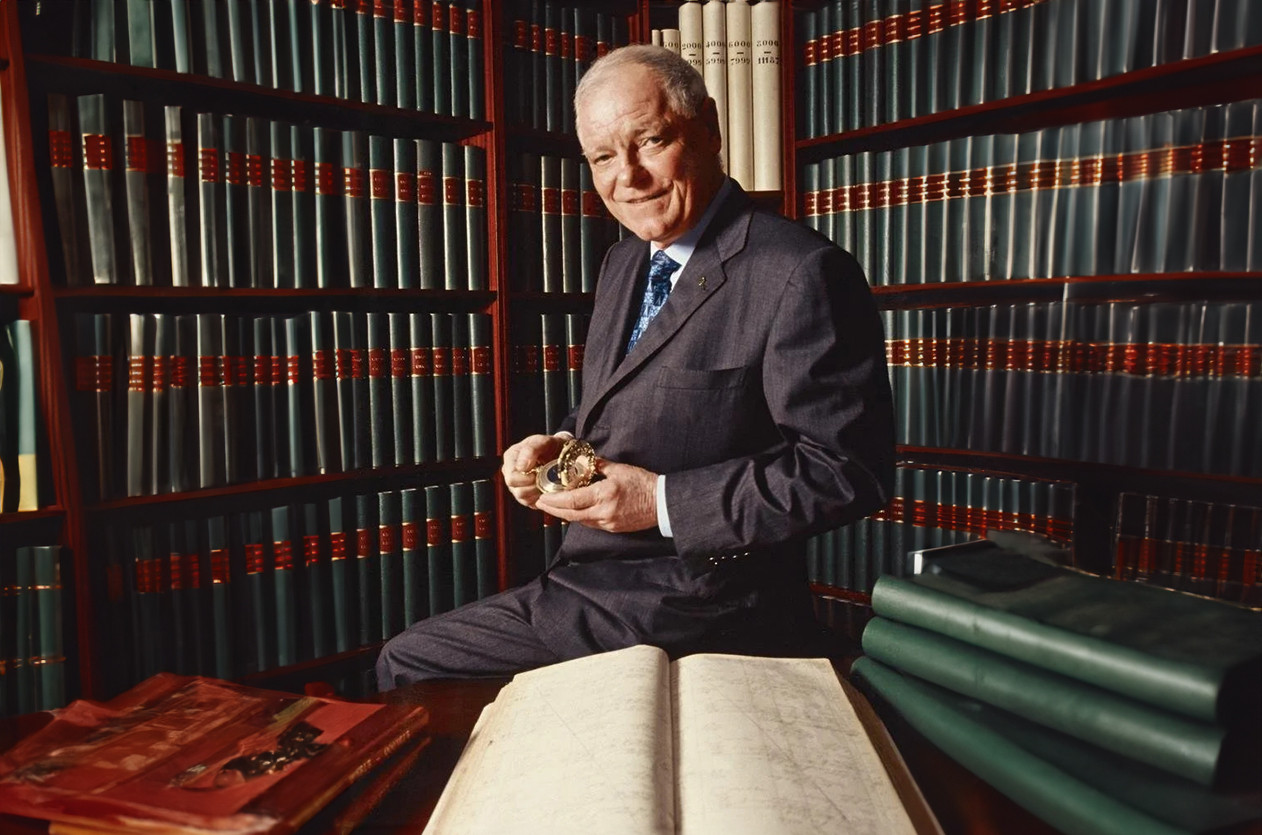
The enduring legacy born from the life of Anthony Normert De Patek, a Polish refugee, unfolded in ways that defied expectations. Despite confronting a myriad of challenges, he tenaciously pursued his aspirations, eventually transforming his passion into one of the world's most revered watch manufacturers. Anthony's journey began in Pyatsky, Poland, in 1812, against a backdrop of societal upheaval. At just 16, he enlisted in the Polish cavalry and later fought valiantly in the Polish-Russian war, earning Poland's highest military decoration for acts of heroism. However, the crushing defeat of the Polish uprising forced Anthony and his fellow soldiers to seek refuge in Western Europe. After settling briefly in France and then in Geneva, Switzerland, Anthony, captivated by the city's rich watchmaking heritage, sought kinship among fellow immigrants. It wasn't long before he crossed paths with Francoise Czapek, a Polish watchmaker of Czech descent, and their shared visions paved the way for the formation of Patek Czapek & Cie on May 1, 1839.
 |
Little did Anthony know that this collaboration would mark the genesis of a lasting legacy. However, discord between Anthony and Francoise ultimately led to their separation. Undeterred, Anthony embarked on a quest for a new collaborator and, in 1844, stumbled upon a promising partnership at the French industrial exposition.
 |
Here, he encountered the talented French watchmaker Jean-Adrian Philippe. Born in La Baochoye, France, in 1815, Jean had honed his watchmaking skills in London before settling in Paris. His innovative spirit and mechanical prowess caught Anthony's attention. A year after their fortuitous meeting, Anthony severed ties with Francois, and Jean assumed the role of technical director in their newly established venture, Patek & CIE. In 1851, the company underwent a name change to Patek Philippe & CIE, with the addition of a third partner, Vincent Gostkowki. While Anthony focused on pioneering marketing strategies, Jean dedicated himself to refining production processes and developing cutting-edge watches. Their goal was lofty—to create timepieces that would rank among the world's most coveted.
 |
However, their divergent working styles and aspirations became apparent. Anthony championed artisanal perfection and lavish decoration, while Jean was driven by horological innovations and technological refinement. Despite these differences, business thrived over the next two decades. Tragically, Anthony succumbed to anemia in 1877 at the age of 65. His son Leon, disinterested in joining the company, relinquished his rights for an annual payment of 10,000 Francs. In the ensuing years, Patek Philippe solidified its reputation through gold medals and international exhibits. A significant partnership with Gondalo and Labarao of Rio De Janeiro sustained the company through challenging times, including the upheavals of a world war. In Brazil, Patek became synonymous with timepieces, surpassing the mere concept of purchasing a watch. Jean's untimely death in 1892 marked the end of an era. He had already passed the reins to his youngest son, Joseph Emil Philippe, who, after his demise, saw the succession pass to his son, Adrian—the last individual with the Patek or Philippe family name to helm the company.
 |
By 1932, the company faced financial distress amidst the global economic crisis triggered by the Wall Street Crash of 1929. Faced with the prospect of being taken over, the directors sought assistance from the Stern brothers—Charles and John, who already owned Cadryn Stern Freres, a preferred supplier of quality dials. Under their guidance, Patek Philippe navigated the turbulent waters of the watch industry, launching iconic models such as the reference 96 in 1932. The Stern brothers not only rescued Patek Philippe in 1932 but fully acquired it by the following year. To navigate the company through this turbulent period, they appointed watchmaker and horological specialist John Feister as Chief Executive.
 |
In 1934, Charles Stern assumed the role of chairman, with his son Henry joining to assist him. A third generation, represented by Henry's son Philippe, entered the fold in 1938. Philippe Stern, after spending part of his childhood in the USA, joined Patek Philippe in Geneva in 1966. Initially, he delved into information technology, but his family background and a profound interest in Patek Philippe drew him back to the family business. As he assumed the role of CEO in 1977, Philippe Stern found himself in the midst of the quartz crisis—a period from 1970 to 1980 where quartz watches, powered by batteries, gained popularity due to their precision and cost-effectiveness. Recognizing the need for a strategic shift, Philippe Stern focused on positioning Patek Philippe as a high-end, mechanical watchmaker. Detailed blueprints and innovation became paramount, ensuring not only improved quality but also the reproducibility of components. Patek Philippe maintained its commitment to craftsmanship while embracing modern design and production methods.
 |
In 1993, Philippe Stern assumed the presidency, transferring it from his father, Henry. The fourth generation entered the scene as Philippe's son Ferry joined the company the following year. Today, Patek Philippe stands as a preeminent name in watchmaking, boasting a history spanning almost two centuries. While many watch brands claim antiquity, Patek Philippe distinguishes itself by continuous operation and private ownership since its inception. Despite refraining from flashy marketing and celebrity endorsements, the brand's appeal extends globally. Noteworthy clients include Queen Victoria, and celebrities from Jay-Z to Ed Sheeran express their admiration for Patek Philippe. The brand's famous slogan, "You never actually own a Patek Philippe. You merely look after it for the next generation," encapsulates not only the philosophy of ownership but also the company's business trajectory. Patek Philippe prides itself on being the last independently owned watchmaker in Geneva, maintaining autonomy and steering its destiny while upholding its long-term vision.

Hands on The Summit Collection: A Strong First Step for New Brand Earthen
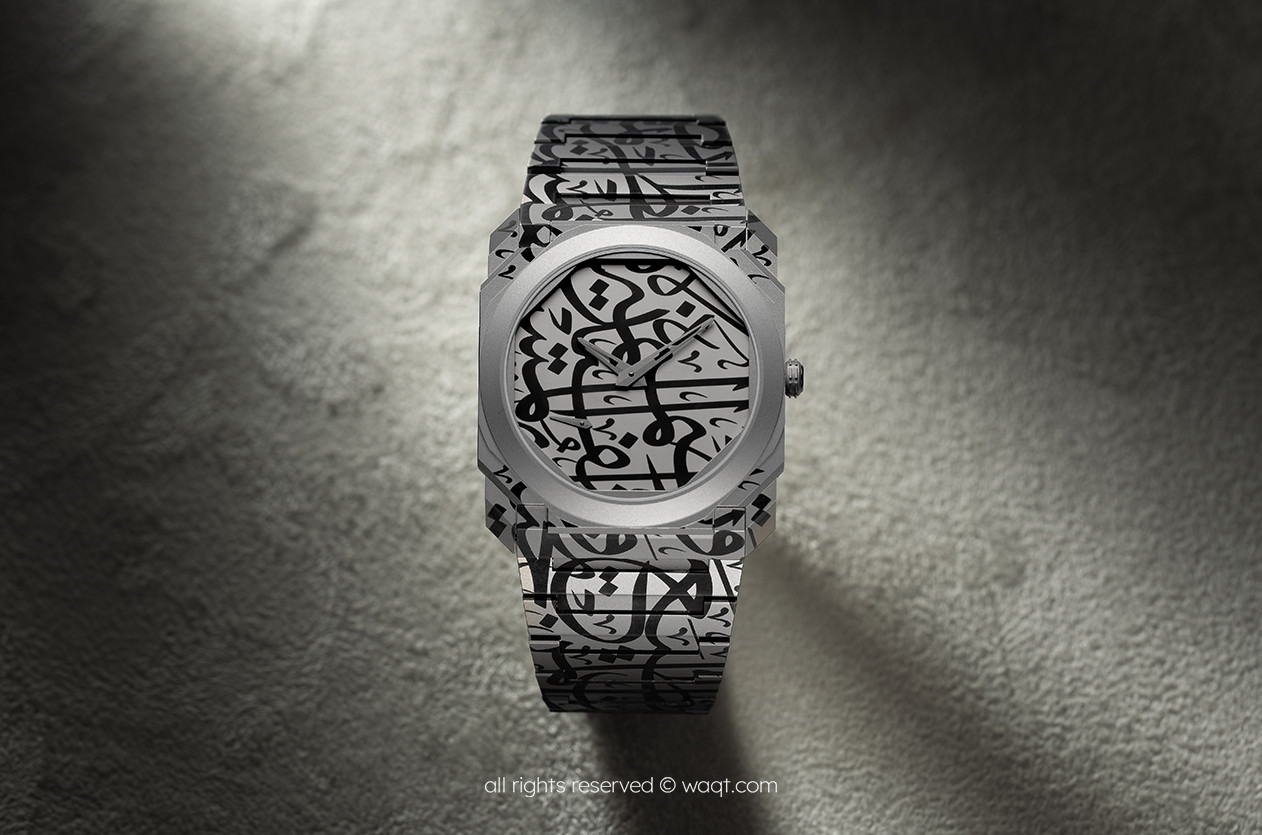
First Look Octo Finissimo Adorned with the Words of H.H Sheikh Mohammed bin Rashid Al Maktoum
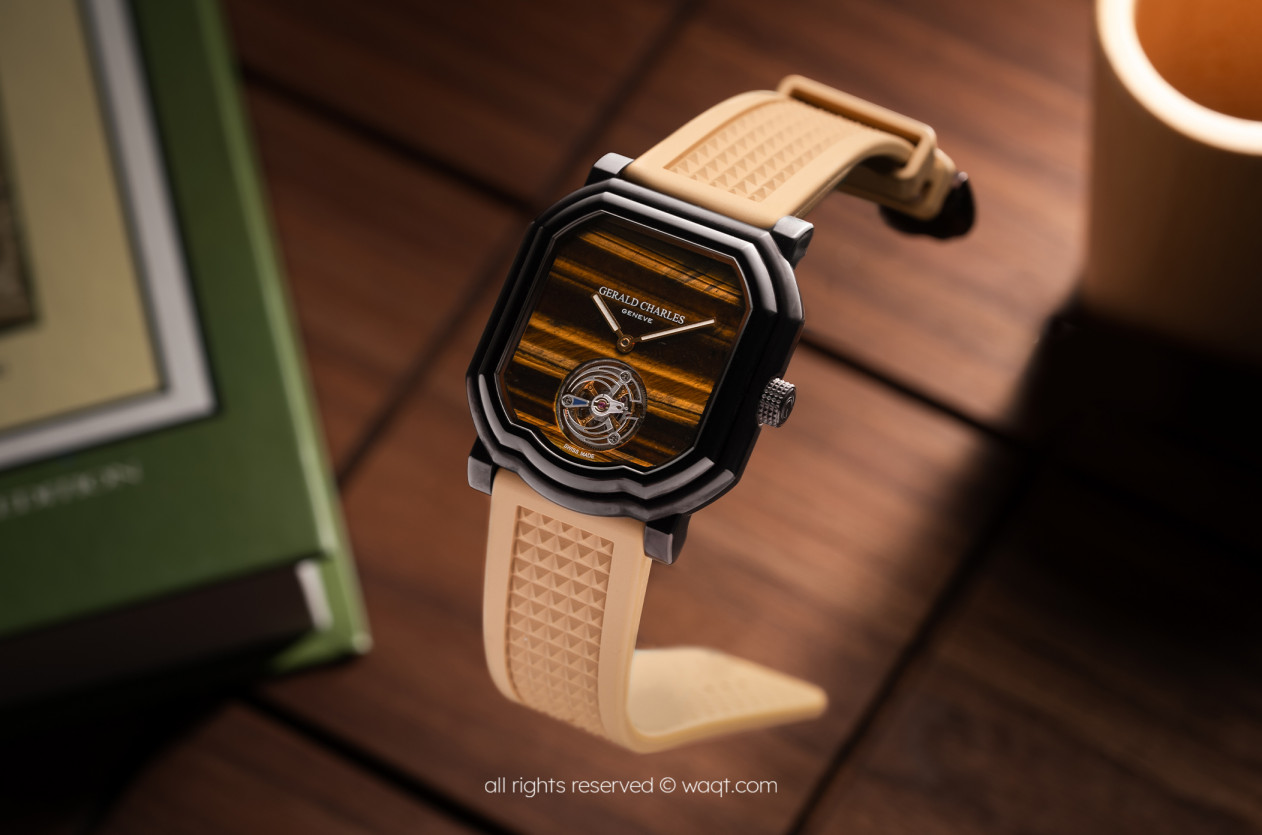
First Look Ahmed Seddiqi & Gerald Charles Unveil the Tiger’s Eye Tourbillon

Introducing Breguet’s Enduring Legacy Comes to Life Once Again in the Classique 7235
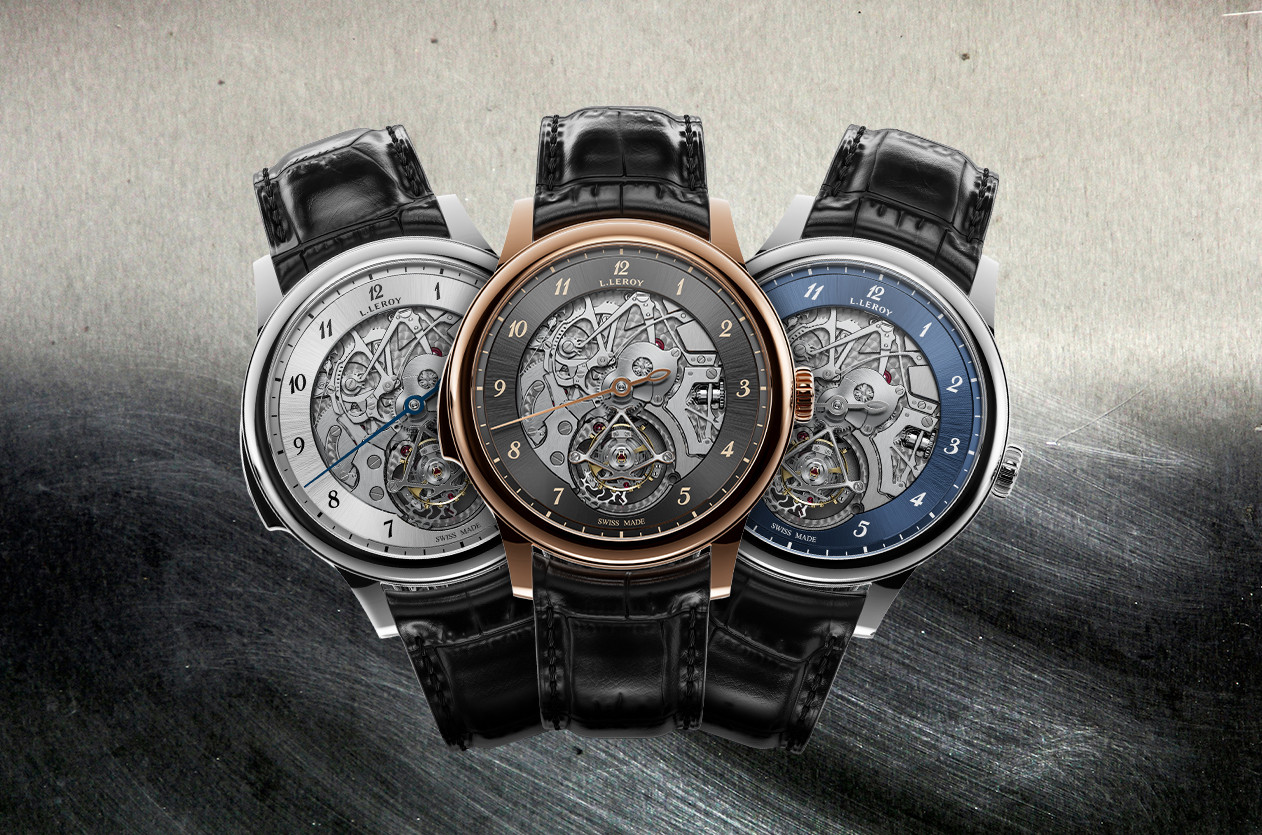
Introducing L.Leroy Unveils the Osmior “Bal du Temps”

News Dubai Watch Week 2025 Will Be the Largest Ever with 90 Brands Participating
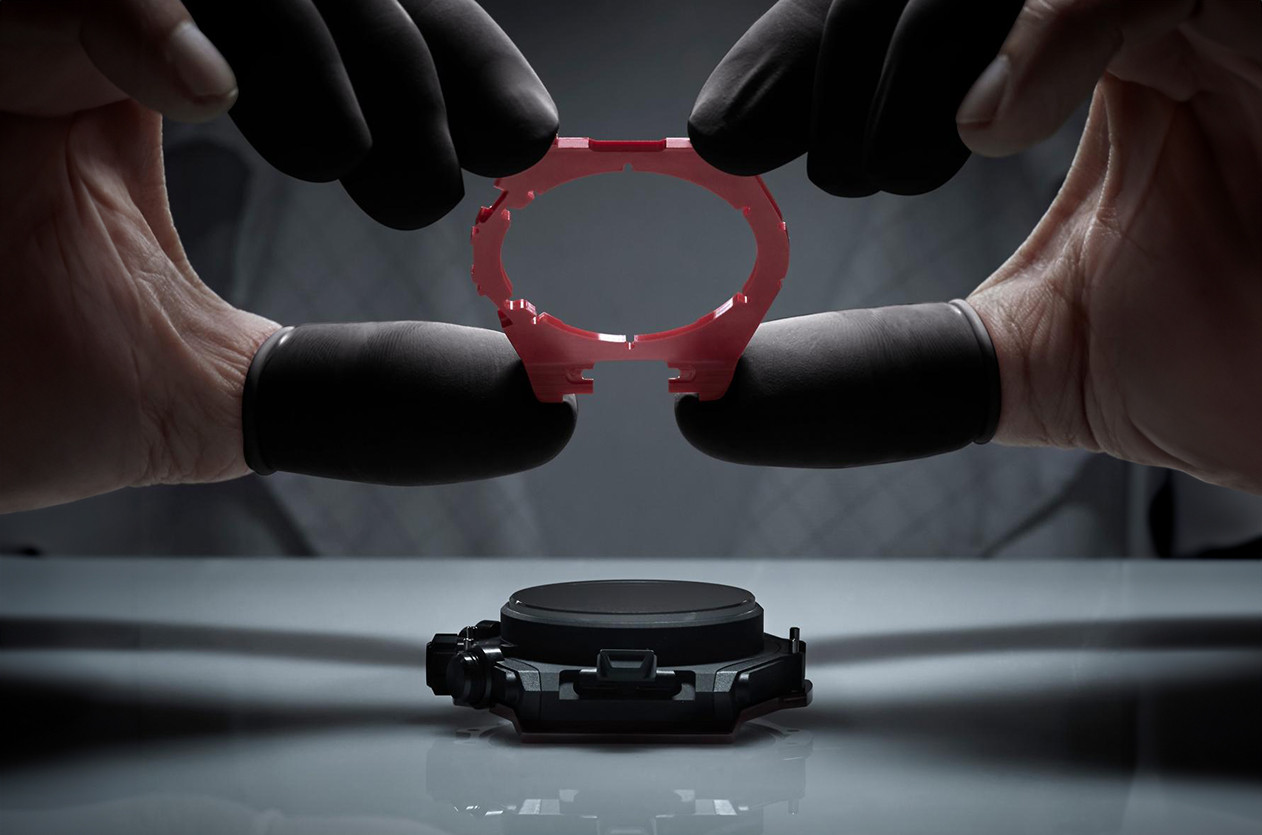
Editorial The Secrets of Watch Case Design

Hands on Phillips Presents Universal Genève’s First Timepiece Following Its Revival
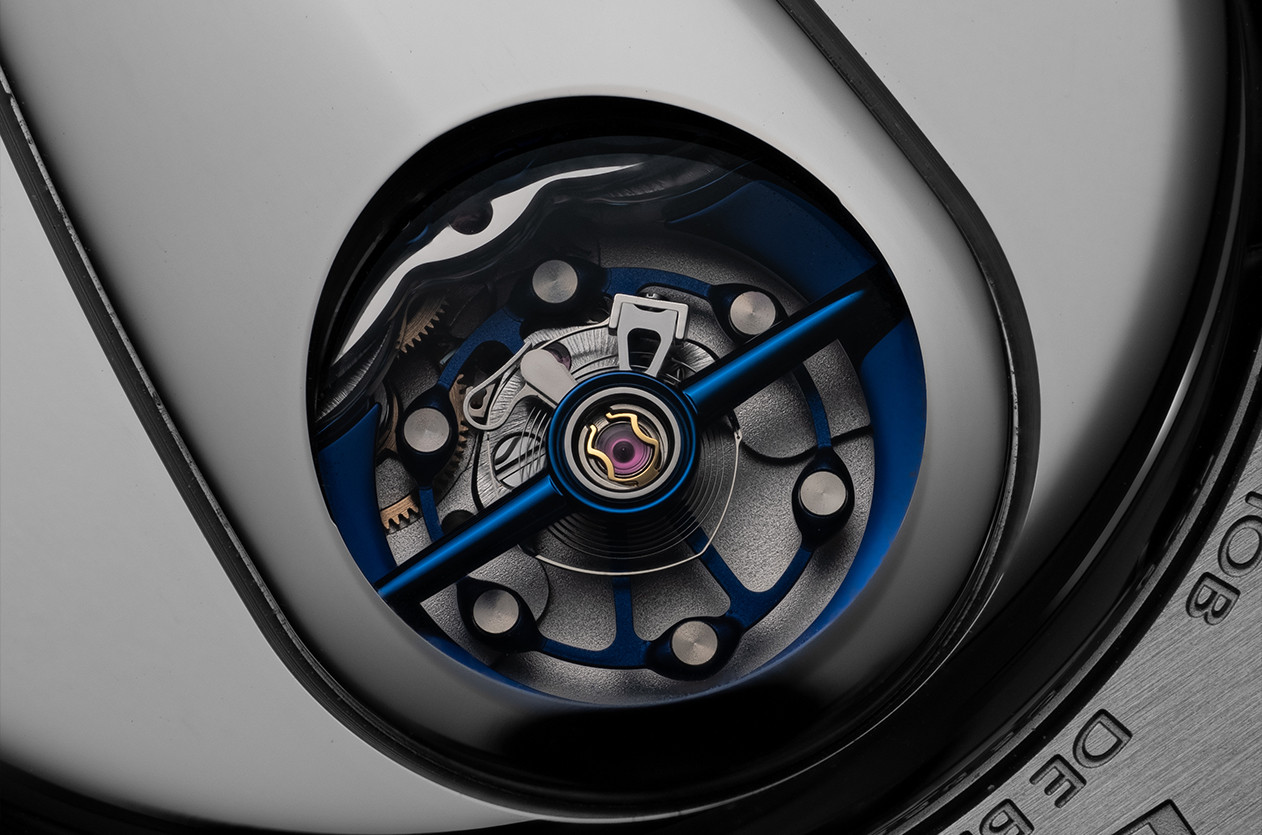
Technical The Frequency, Why It Matters in Mechanical Watches
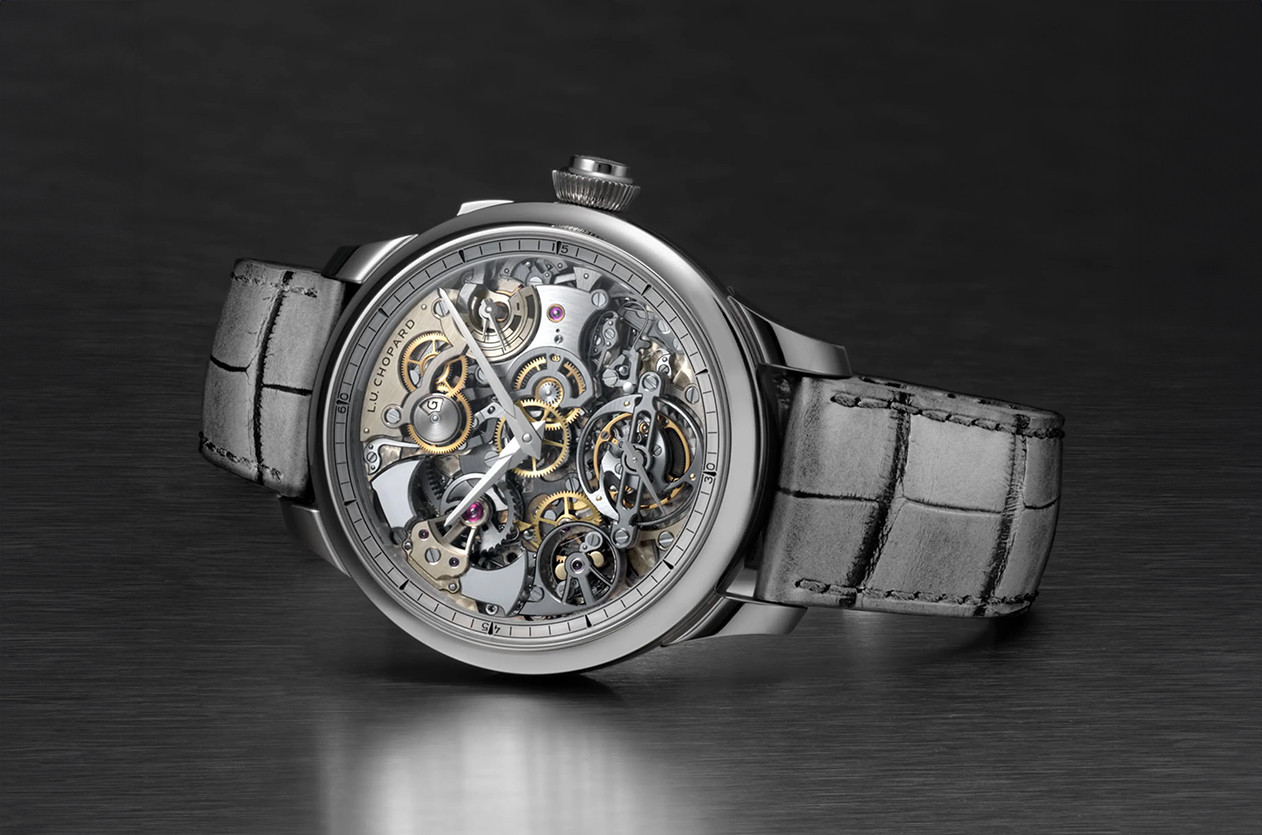
Introducing The New Chopard the L.U.C Grand Strike
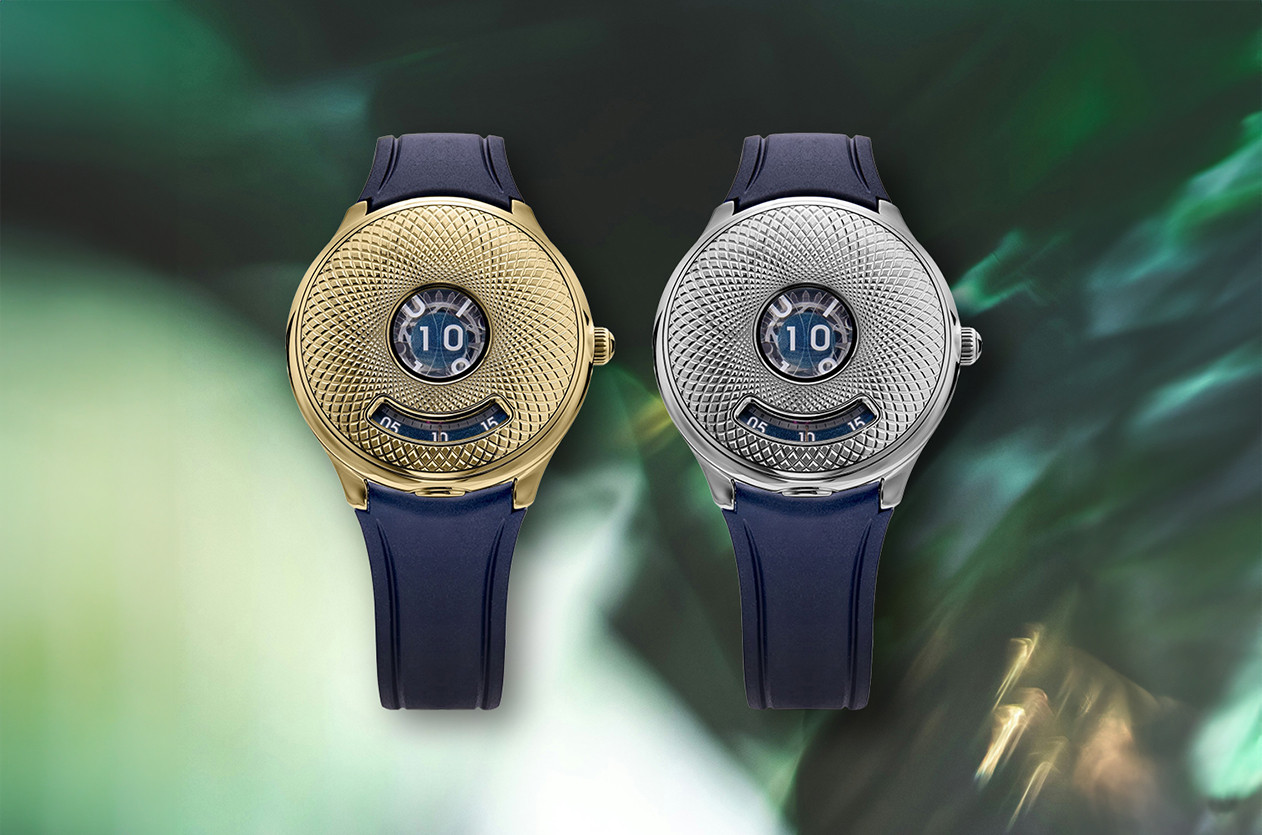
Introducing Czapek Unveils the Time Jumper 10th Anniversary
Comment Delete Text
This page is available in English only. Please click below to visit Arabic Home page!